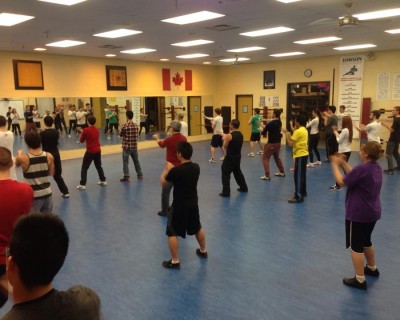Physical Education or P.E. is usually a subject compulsory to be taken in primary and secondary schools. Students whose parents or guardians decline to give consent for their child to participate in the study will be exempted, and will be provided with alternative activities while participating students complete study measures at data collection time points.
The model implies that strategies aimed at fostering autonomous motivation will promote in-school and out-of-school autonomous motivation toward physical activity, and promote adaptive beliefs and intentions toward out-of-school physical activity and actual physical activity participation.
These accelerometers have been shown to be valid and reliable in as a measure of physical activity in previous research 2 Participants will be also asked to complete a short diary of their daily in-school and out-of-school physical activities for the period during which they wear the accelerometer.
A review and meta-analysis of studies adopting the model provided support for model predictions across multiple studies 10 In particular, the analysis supported links between autonomy support from teachers and autonomous motivation in school, consistent with previous research 27 , 28 In addition, the research supported trans-contextual links between autonomous motivation in school and autonomous motivation, beliefs (attitudes, subjective norms, and perceived behavioural control), and intentions toward participation in physical activity outside of school, and actual participation in physical activity outside of school.
Thanks in part to immigration, these clubs, and European enthusiasm for athletics in general, spread to the U.S. During the 19th century, American educators adopted European methods of teaching physical training, and both the word physical education and the phenomenon it represents became well established in this country.
